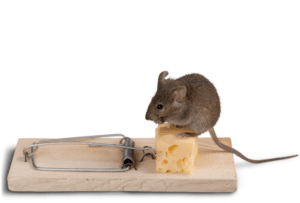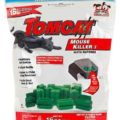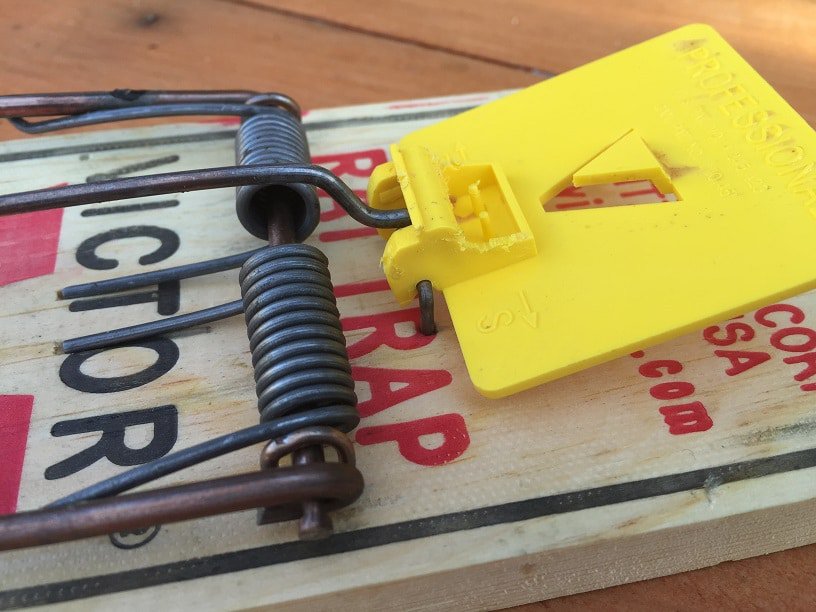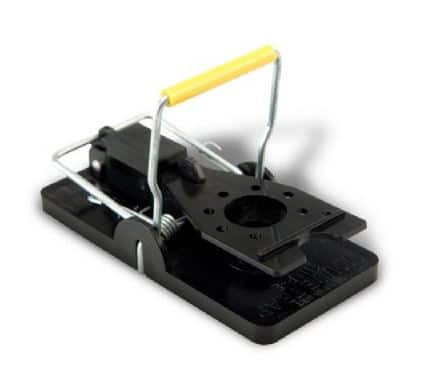Table of Contents
You are probably reading this latest and most updated post on setting mousetrap and baits because you need more facts. You feel frustrated, there are again sightings of rat poop all over the place. A new pack of critters came, after ridding the mice and rats for the last few months.
A different trap and different strategies for using it are what you need!
No more delaying your rat killer instincts. Hop in now with today’s post! Here’s a gathering of ways to set different mouse traps and stop new pests from gathering in your properties.
Different mousetraps used at home that you have to change
There are few common traps for household use. You can DIY some of them. Those devices are good for temporary surprises and often combined with using the best poison for rats.
Below is a list of those which you need to graduate from using. And use a different rat trap for a change:
- Easy snap trap
- Metal cage rat trap
- Electronic rat trap
- Wire trap
- Iron clamp trap
How to place a self-set rat trap
The important step you have to do is to palace the bait facing the wall. Rats escape, and problems occur when the trap has no barrier or space to serve as a stopper.
Also, the rats will be forced to eat the bait sideways: Thus releasing the snap trap and catching the head sideways, rather than leaving a space between the hitch and a wall. The mouse might extend its legs and neck to reach for the food and escape.
How to set an automatic rat trap
First, what is an automatic rat trap? Often automatic rat traps are used for large-scale rodent eradication. Most professional rodent exterminators use these types of traps.
Automatic traps use three primary tactics. These are – lure, trigger, and lock. In using mechanical traps, though, one should use timing or scheduling. Luring may take weeks, even months. Several triggers must be done to make sure that a band of rodents will get trapped. Once these steps are carefully followed, you’ll be assured to catch the pest and lock them in.
It is somehow tricky to use. Most automatic traps are designed for professional rat killers.
Adjusting the trap properly
Setting the mousetrap with loose tension may be the main issue. A rat or mouse may quickly snatch the bait from the trap because the catcher is so loosely attached that it didn’t snap.
A traditional snap trap is not bad to use at all. It is still one of the most efficient and practical mouse catchers. You can reuse it as well. However, the problem is that the spring loader may have lost its tension, making the device less effective.
So, here is what to do:
- Check if the trap has the spring bar loaded properly
- Make sure the spring load bar is attached to a hook
- The hook should be placed on a hump on the bait holder
- The bait must have enough weight to release the clip swiftly
Make sure not to use a piece of bait that is too heavy for the size of the trap. Another tip, it is essential that the spring loader and hook have no seconds delay from snapping to catch the mice in a flash.
Setting the bait on the mousetrap properly
Here is one surefire tip to trick the mice into the trap. Do not touch the bait. Many click-bait rat control sources will teach you to use the nest bait or rat poison. Only to make the biggest mistake – touching the food bait or the poison.
Avoid holding on to the food and the trap with bare hands. Mice and rats will smell the human scent on them. That is the untold truth about DIY rodent exterminators.

With that said, it is a wise decision to call for professional rodent exterminators in town! They got gears! They do the job in full armor! That is the secret to eradicating pests, fool-proofed!





